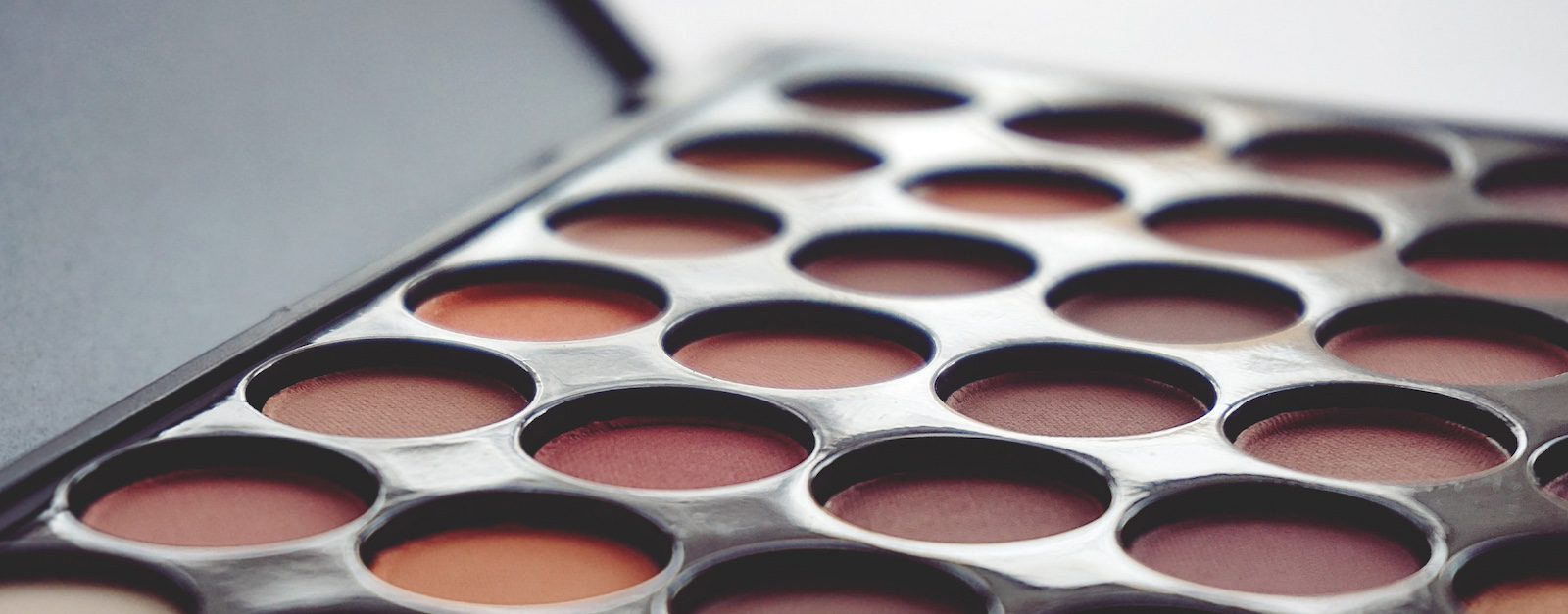From makeup to skin care, the cosmetic industry offers a vast array of products designed to enhance your appearance and well-being. However, within seemingly harmless bottles and jars lie potential toxins that concern experts and researchers.
Understanding the presence and impact of toxins in cosmetics is crucial for making informed choices about the products you use on your body. This article will highlight a few controversial ingredients commonly used in cosmetics and their potential health risks.
Formaldehydes
Formaldehydes are used in beauty products as a preservative and to prevent bacterial growth. Cosmetics are a common source of formaldehydes that make contact with skin, which can lead to adverse reactions.
Formaldehydes may be found in nail polish, nail hardener, eyelash glue, hair gel, soap, makeup, shampoo, lotion, and deodorant. Additionally, formaldehydes can be “hidden” in cosmetics when listed as different chemicals known as formaldehyde releasers, which slowly decompose and release formaldehyde.
Formaldehyde Risks
Formaldehydes pose several potential risks, including a high absorption rate through the skin, DNA mutations within cells, and the formation of cancer-causing compounds when combined with other chemicals.
- The toxic effects of formaldehyde can impact the lungs, upper respiratory tract, bone marrow, and brain.
- In 2004, the International Agency for Research on Cancer reclassified formaldehyde from “probably carcinogenic to humans” to “carcinogenic to humans.”
- A 2021 meta-analysis, which reviewed 21 studies published over the last 20 years, found a link between formaldehyde exposure and cancer.
If you use cosmetics that contain or are suspected to contain formaldehyde, it’s important to use them before they expire. Prolonged storage and elevated temperatures can contribute to higher levels of formaldehyde, and therefore increase chemical exposure to users.
Parabens
Parabens are a group of synthetic chemicals used in cosmetics and foods for their ability to preserve products. The most commonly used parabens on the market are methylparaben (MeP), ethylparaben (EtP), propylparaben (PrP), butylparaben (BuP), and pentylparaben (PeP).
Paraben Risks
- Parabens have been shown to be endocrine disrupting chemicals (EDC) in animal studies. While different forms of parabens can have different effects, as a group they can cause weight gain, adrenal dysfunction, and affect hormone levels.
- As an EDC, parabens can interfere with estrogen, and have been associated with breast cancer, lower sperm counts, and pregnancy complications.
- Parabens in personal care products can be absorbed through the skin and the use of paraben containing products aligns with paraben levels found in or excreted by the body.
- Parabens can trigger inflammation, suppress immune function, and generate compounds that cause DNA damage.
Chemicals Found in Hair Dye and Hair Straighteners
In the United States and Europe, it’s estimated that 33 – 50% of women use hair dye. The rate of hair dye use may be cause for a public health concern because the chemicals used in these products, p-Phenylenediamine, 2,4-diaminoanisole sulfate, are known carcinogens in animal studies. Additionally, EDC and mutagens are among the roughly 5,000 chemicals that might make up a single hair dye product.
From 2003 to 2009, 50,884 American women participated in a study known as the Sister Study. Women were eligible to participate if they have never been diagnosed with breast cancer but had at least one sister who had been diagnosed with breast cancer. The study found that Black women who used hair dye every 5 to 8 weeks had a 60% higher risk of developing breast cancer. Additionally, using chemical hair straighteners more than four times per year was associated with a twofold increased risk of ovarian cancer. These findings suggest a potential link between the use of hair dye and hair straighteners and an elevated risk of breast and ovarian cancers, particularly among Black women.
Toxic Metals in Cosmetics
Toxic elements, like mercury, chromium, lead, cobalt, arsenic, nickel, and cadmium can enter the body through the skin, especially during long-term exposure. Wearing cosmetics throughout the day can be considered long-term exposure. Products like lipstick may be in contact with skin for several hours and can easily be ingested, and face creams or serums, which cover a large surface area, increase skin exposure. Sprayed cosmetics can be inhaled, and products used around the eyes can affect the thin skin surrounding those areas.
The effects of toxic metals on health vary depending on the metal itself and the route of exposure. Toxic metals can generate compounds that trigger DNA damage and cause cell death. Toxic elements can be found in cosmetics, not as intentional ingredients, but when accidentally added during the manufacturing process.
A 2022 study on the risk of toxic metals in cosmetics found lead to be highest in face powder, while skin lightning creams showed the highest levels of arsenic and mercury. Eye shadow had the highest concentration of nickel, and blush had the highest concentration of cadmium. These findings highlight the presence of these toxic elements in facial cosmetics and raise concerns about potential health risks associated with their use.
Download the EWG app or go to Skin Deep to screen your most beloved products and learn where they fall.

